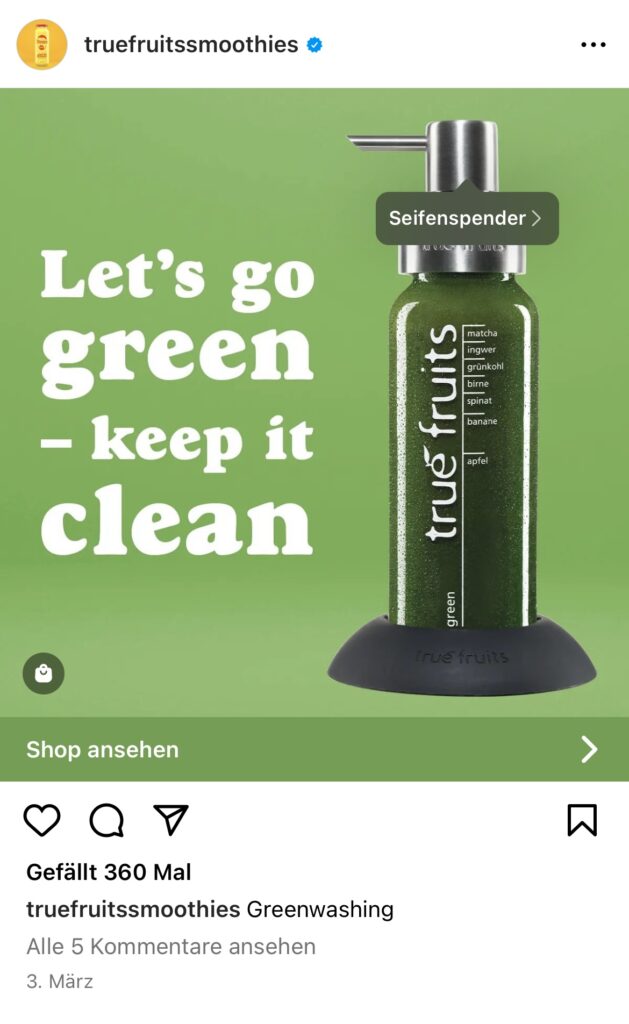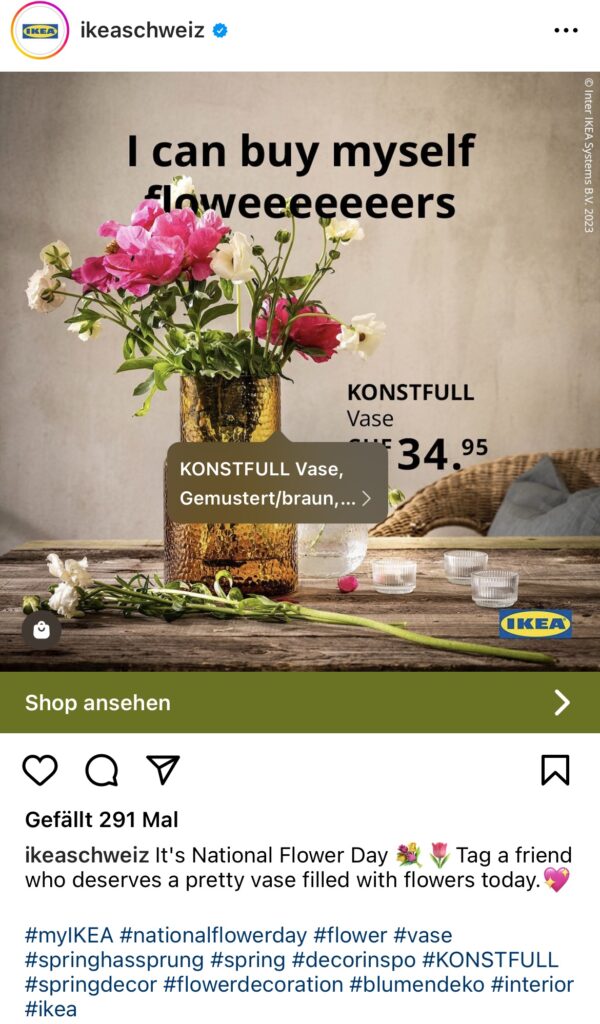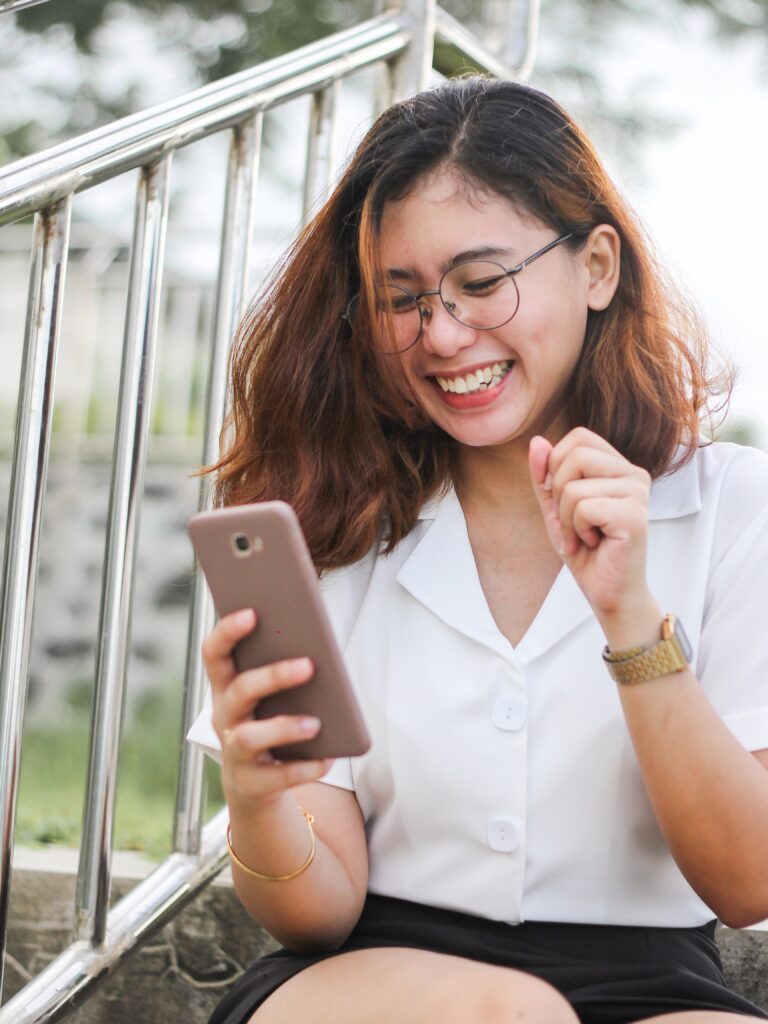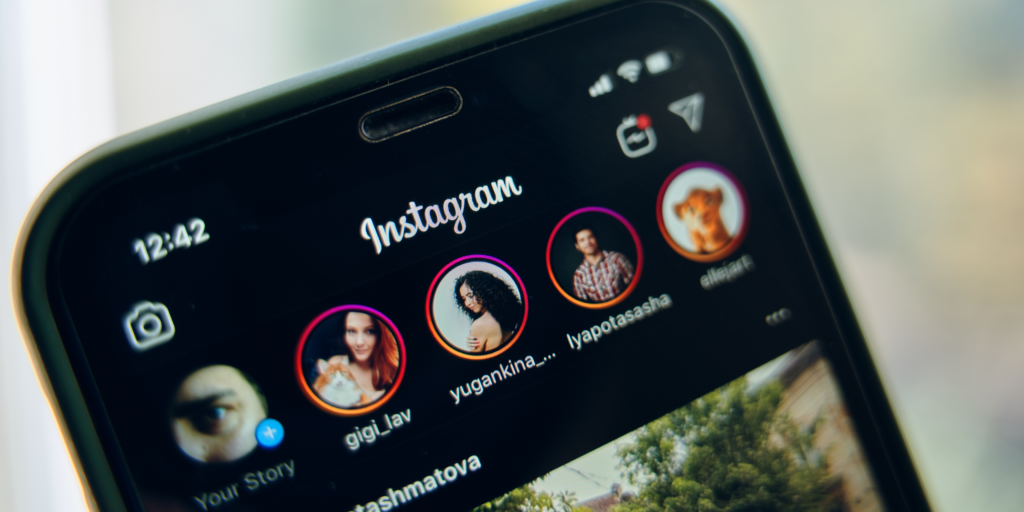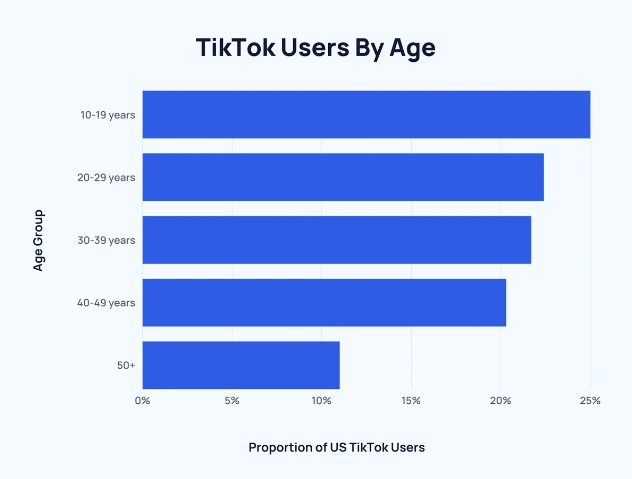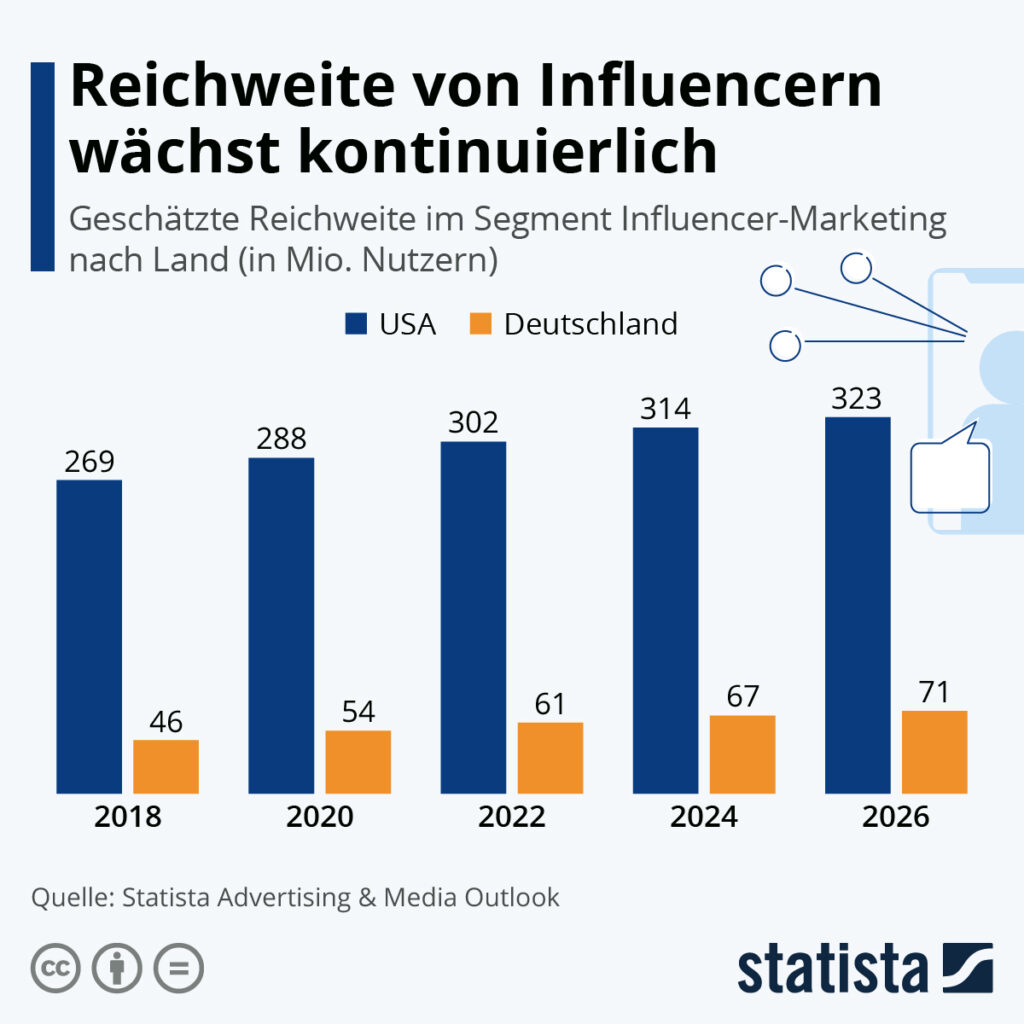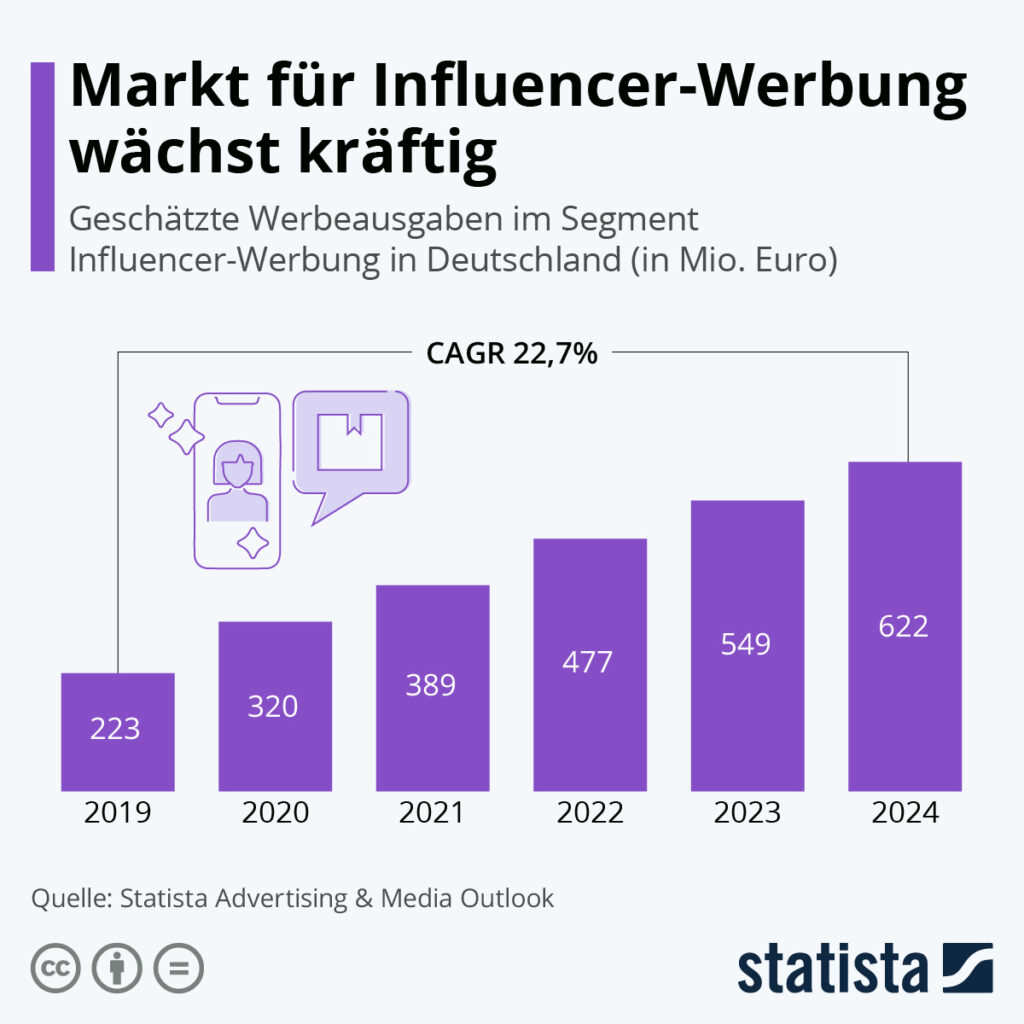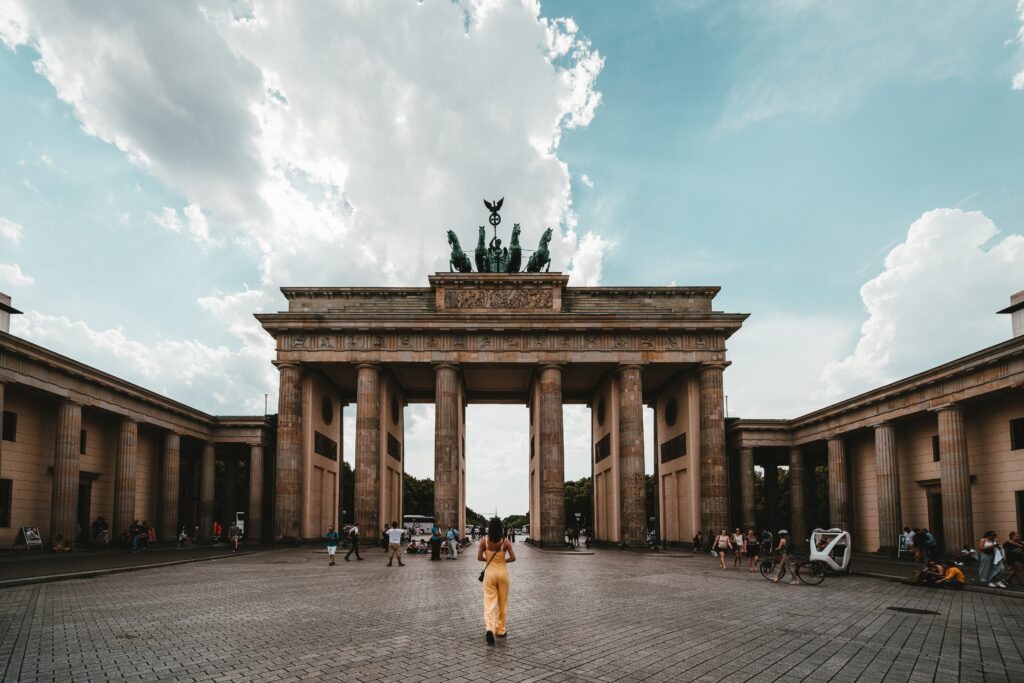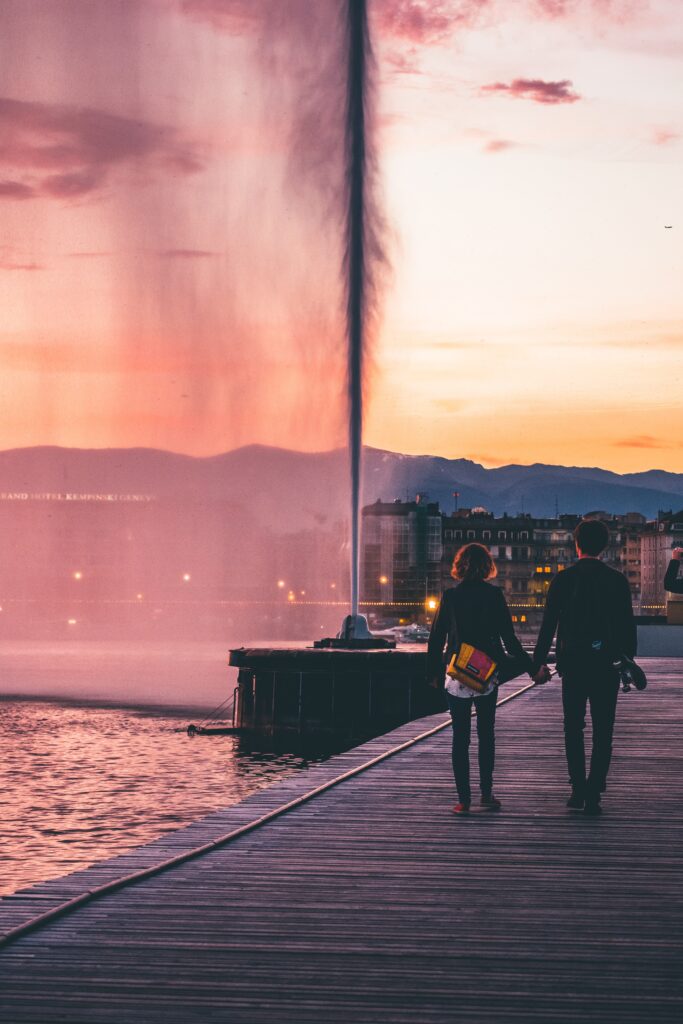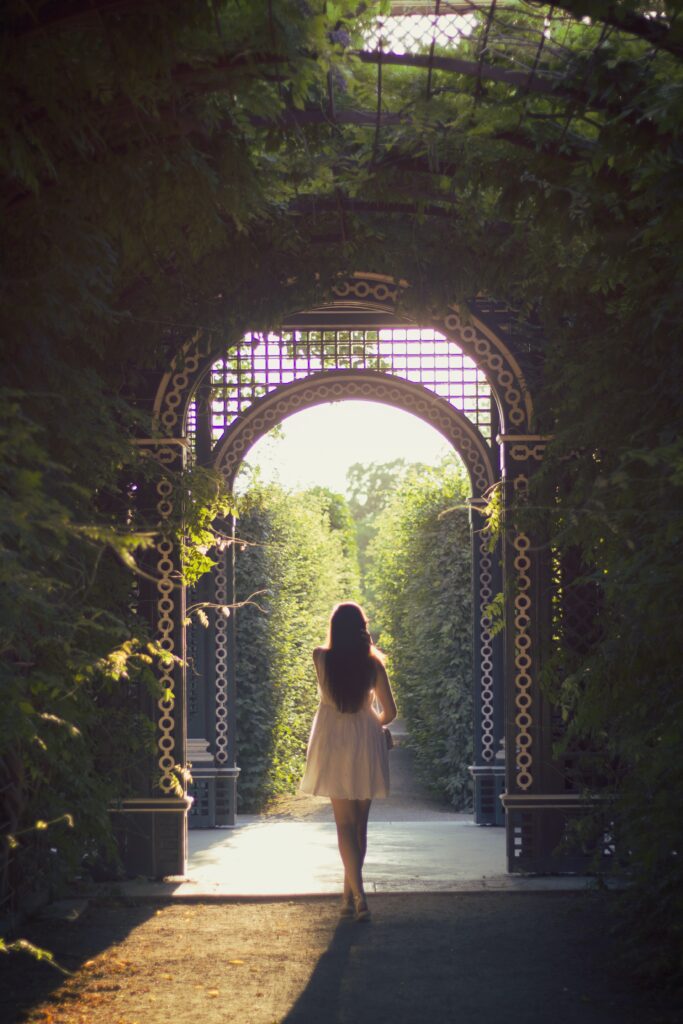Influencer marketing is a powerhouse in content marketing today. Influencers have become the surest way to get the publicity and exposure your brand needs. However, when people think about influencer marketing, they envisage the involvement of a popular influencer who has millions of followers on various social media platforms. This isn’t always the case as influencer marketing happens on various levels. In today’s article, we would discuss one of the tires on which influencer marketing happens: the micro-influencer level. We would explore the place of micro Influencing in the marketing industry, how it works, and its future in the industry.
What is a Micro-Influencer and Why Should You Care?

A Micro Influencer is a person who has a small but highly engaged social media following. This usually ranges between 1’000 to 100’000 followers on platforms like Twitter, Instagram, TikTok, etc. Micro Influencers can also be extended with Mid-Tier Influencers, in which case the follower range for Micro would be from 10-50k and for Mid-Tier from 50-250k. However, the numbers may vary depending on the channel and the country. Micro-influencers are considered to be more connected as they have a following with which they have a more personal connection (See also our article “In Influencer Marketing Bigger isn’t Always Better“). Most times, these influencers have followers that are usually within particular demographics which makes it easier for brands to use them in reaching specific demographics. Brands usually collaborate with micro-influencers with sponsored posts, product reviews, and other forms of influencer marketing. This can be an effective way to reach a highly engaged audience and build brand awareness.
The Power of Micro-Influencers: How They’re Changing the Game
When influencer marketing started, the norm was to approach mega influencers who had millions of followers so they could help with publicity, marketing, and advertising. This method was the norm as it looked tenable to reach more people through this method. However, there has been a shift in recent years. The micro-influencer is gradually changing the way the influencer game works. Before now, using the mega influencer was the most effective method. But now the micro-influencer is bringing something to the table that the mega-influencers usually lack. It is the advantage of targeted, highly specific demography.
Micro-influencers are usually narrowed down towards one niche/demography or the other. They offer brands the opportunity to target particular niches and demographics. While it is true that the mega influencers have their place and importance, the micro-influencer equally has an essential position in the game. Their niche-based audience is easier to engage and is also more loyal as these micro-influencers are seen as authority figures in their respective niches.
There are many stories of brands that have successfully reached their target audience, increased sales, and also become more popular by working with micro-influencers. Let’s look at some case studies:
Ochsner Shoes
One of the success stories is that of Ochsner Shoes. Through the help of Kingfluencers, they were able to work with micro-influencers like Leonie Müller, Anja Gasser or Camille Bonvin who helped them get some visibility and also put their products right in the face of the people who needed to see them. Through the campaign, Ochsner Shoes were able to not only get the needed visibility but also increase its sales output. Check out the full Ochsner Shoes case study here.
Glossier
Glossier’s “Into the Gloss” beauty blog is a prime example of how to leverage the power of micro-influencers. The brand invites beauty bloggers with a smaller following to test their products and share their experiences with their followers. This has resulted in a highly engaged and loyal community of customers who feel a sense of ownership over the brand.
BarkBok
BarkBox worked with pet influencers on Instagram to showcase their monthly subscription service for dogs. By partnering with micro-influencers who had a strong following within the pet community, BarkBox was able to tap into a highly engaged and passionate audience, resulting in increased sales and brand awareness.
HelloFresh
HelloFresh used micro-influencers to promote their meal delivery service to health and wellness enthusiasts. They worked with influencers in the health and fitness space to create content that highlighted the convenience and quality of their service, resulting in increased customer acquisition and retention.
These are a few success stories of brands that worked with micro-influencers to promote their businesses and products. One constant thing noticeable is that the influencers targeted were all within the same niche. This highlights one of the reasons micro-influencing works so well.

Micro-Influencers Vs Celebrity Influencers
If we want to categorize all mega influencers into one group, it would be the celebrity group. Micro-influencers on the other hand would be categorized into the niche group. What this means is that most mega influencers are celebrities who are popular because of what they do and not what they offer to their followers on social media. Micro-influencers on the other hand are people who have worked within a niche and have won the trust of people over time as a result of the information that they have to offer.
Most people follow mega influencers because they are popular. For micro-influencers, people follow because of the engagement and the content offered. This means that while mega-influencers would have millions of followers, micro-influencers would have a close number that is below 100’000 followers or even “only” 50’000 followers, with whom they have a relationship of authenticity and relatability. This is the reason they usually have the kind of effect they do. They have engaged so closely with their audience that they have won their hearts and trust. People who follow them usually come to get reliable information and glean from their past experiences. This makes the connection deeper and more real. It’s more than just fandom that these influencers are selling. They have created a space where particular kinds of people who share the same interest can get trustworthy information and advice. It’s no surprise that this changes the whole influencer landscape.
How Micro-Influencers Can Help You Connect with Gen Z and Millennials
The modern online market is mostly targeted at Gen Z and Millennials. While Gen Z (1997-2012) and Millennials (1981-1996) are far apart in age, they share one thing in common: growing up in the digital age. They are the generations that mostly use the internet and rely on it for information. This makes them highly reliant on social media. They are also known for valuing authenticity, diversity, and social responsibility.Based on their decisions on these traits, they are likely to listen more to micro-influencers and trust them. This is because micro Influencers offer valuable content that syncs with their specific interests and values. This makes it easy for them to win over these two generations. Both generations are internet savvy and are more active on social media. According to our study The Power of Digital Influence, Gen Z can even be reached almost exclusively via social media. In terms of social media use, 98% of Gen Z use YouTube and 94% Instagram. Among Millennials, the figures are similar, 93% use YouTube and 81% of them are on Instagram. This is the reason why using micro-influencers will help you win social media. Examples of case studies where this has been successful include:
Nike
Nike used micro-influencers to promote their “You Can’t Stop Us” campaign, which celebrated the power of sport and the human spirit. They worked with athletes and fitness enthusiasts to create content that inspired and motivated Millennials and Gen Z.
Airbnb
Airbnb used micro-influencers to promote their “Live There” campaign, which encouraged people to experience travel like a local. They worked with travel bloggers and influencers to create content that showcased unique and authentic travel experiences, resulting in increased brand awareness and customer acquisition. The battle for social media is actually a battle for the Gen Z and Millennial demographics. Micro-influencers remain the key to winning in the social media space.
The Pros and Cons of Working with Micro-Influencers
As is normal with everything in the world, micro-influencing is a double-edged sword. It has its advantages and disadvantages. As with anything, it’s important to know the weight on both sides before you throw in your hat. Here are the advantages and disadvantages of working with micro-influencers:
Advantages
Affordability
Micro-influencers typically charge less than macro influencers or celebrities, making them a budget-friendly option for small to medium-sized businesses. This allows companies with limited resources to collaborate with influencers who can help them promote their products or services.
Targeted audience
Micro-influencers often have a more niche audience that is deeply interested in their content. As a result, their followers are more likely to be interested in the products or services that the influencer is promoting. Partnering with a micro-influencer can therefore lead to more focused marketing efforts and greater trust and authenticity.
Increased engagement
Due to their smaller audience sizes, micro-influencers typically have higher engagement rates than macro-influencers or celebrities. This is because their followers are often more invested in the content they post and more likely to engage with it. This can be valuable for businesses seeking to drive engagement and raise brand awareness.
Enhanced brand loyalty
Collaborating with micro-influencers can help cultivate a sense of brand loyalty among their followers. Micro-influencers are often viewed as respected figures within their niche or industry, and their followers are more likely to trust their recommendations. This can help foster a more loyal and committed audience for the brand.
Authenticity
Micro-influencers often produce more genuine and relatable content than macro-influencers or celebrities. This is because they have a more personal relationship with their followers, who often perceive them as peers rather than distant celebrities. This can help businesses build a more authentic connection with their target audience and create a more authentic brand image.
Long-term partnerships
Micro-influencers are often open to longer-term partnerships with brands. This can help establish stronger relationships and result in more consistent and effective marketing efforts over time. A sustained partnership with a micro-influencer can also help generate a sense of continuity and consistency in the brand’s marketing initiatives.
Disadvantages
Here are some potential downsides of working with micro-influencers.
Limited Reach
Collaborating with micro-influencers may restrict your brand’s reach, as they typically have a smaller following compared to macro-influencers or celebrities. Consequently, if you seek to broaden your brand’s exposure or reach a broader audience, working with micro-influencers may not be the most efficient approach. Though micro-influencers are ideal for specialized campaigns, they may not possess the same universal appeal as larger influencers.
Less Visibility
Since micro-influencers have a smaller following, their content may receive less visibility and may not spread as widely as content from larger influencers. This can present a challenge for brands aiming to create brand awareness or generate buzz around a new product or service. While micro-influencers can drive engagement and conversions among their loyal followers, their ability to produce viral or widely-shared content may be limited.
Lack of Experience
Many micro-influencers may not possess ample experience working with brands or creating sponsored content, which may impact the quality of their work or their ability to meet deadlines. Unlike larger influencers or professional content creators, micro-influencers may lack a team or dedicated resources to help them manage their workload or ensure that their content aligns with your brand’s standards. Consequently, investing more time and effort in managing relationships with micro-influencers may be necessary to ensure that they deliver high-quality content that meets your needs.
Limited Diversity
Certain micro-influencers may have a particular niche or audience, which may not align with your brand’s target demographic, reducing the effectiveness of the campaign. Although micro-influencers can help reach a specific audience or niche market, they may not be as effective in reaching a wider audience or appealing to a more extensive range of consumers. Therefore, it’s crucial to thoroughly assess the audience demographics and interests of each micro-influencer you work with to ensure that they align with your brand’s values and goals.
Difficulty in Tracking ROI
Measuring the return on investment (ROI) for micro-influencer campaigns can prove more challenges than for larger campaigns, as there may be fewer metrics to track or a smaller pool of potential customers to convert. Though micro-influencers can drive engagement and conversions among their followers, it may be more difficult to gauge the impact of their campaigns on your overall business metrics. Consequently, investing in additional tracking tools or strategies to accurately measure the success of your micro-influencer campaigns may be necessary.
How to Find the Right Micro-Influencer for Your Brand
Despite the difficulties and challenges that might arise in working with micro-influencers, working with them can prove to be a valuable and effective strategy for many brands. If you know how to find the right influencers, you can overcome these challenges and achieve successful outcomes from your micro-influencer campaigns. Here is a list of factors to consider when choosing micro-influencers:
Audience Demographics
One of the most critical factors to consider when choosing a micro-influencer to work with is the alignment of their audience with your target audience. To ensure that the influencer you select is a good fit for your brand, it is essential to analyze their audience demographics carefully. You should look at factors such as age, gender, location, interests, and buying behaviour. Doing so will help you determine whether the influencer’s followers align with your ideal customer profile and whether the influencer can help you reach your target audience effectively.
Engagement Rates
Another crucial factor to consider when selecting a micro-influencer is their engagement rate. Engagement rate refers to the percentage of followers who interact with the influencer’s content, such as likes, comments, and shares. A high engagement rate is a strong indicator that the influencer’s followers are highly interested in their content and that they have built a loyal and engaged audience. By collaborating with an influencer with a high engagement rate, you can increase the likelihood of your brand’s content being seen and shared by a wider audience.
Authenticity
Authenticity is another key consideration when selecting a micro-influencer to work with. Authenticity refers to the degree to which an influencer’s content and values align with your brand and whether they have a genuine connection with their followers. It is important to select an influencer who shares similar values and beliefs as your brand, and whose content resonates with your target audience. By working with an influencer who has a genuine connection with their followers, you can build trust and credibility with your target audience, which can lead to increased engagement and conversions.
Niche Expertise
Another crucial factor to consider when selecting a micro-influencer is their niche expertise. Choosing an influencer who has expertise in your industry or niche can help ensure that the content they create resonates with your target audience. An influencer who is knowledgeable about your industry or niche can provide valuable insights and perspectives that can help you develop more effective marketing strategies. Additionally, working with an influencer who is an expert in your industry or niche can help position your brand as an authority, which can lead to increased engagement and conversions.
Reputation
When selecting a micro-influencer to work with, it is crucial to consider their reputation. You should look for influencers who have a positive reputation and a proven track record of delivering successful campaigns. By working with an influencer who has a positive reputation, you can build trust and credibility with your target audience, which can lead to increased engagement and conversions. Additionally, working with an influencer who has a proven track record of delivering successful campaigns can help ensure that your marketing efforts are effective and deliver the desired results.
Budget
Finally, it is important to consider your budget when selecting a micro-influencer to work with. While working with influencers can be an effective way to reach your target audience, it is essential to ensure that their pricing aligns with your budget. You should weigh the potential benefits of working with the influencer against the cost of doing so to ensure that the partnership is worth it.
Another thing you could do is work with established marketing agencies like Kingfluencers, that knows the market well. They would help you find the right influencers for your brand.
How to Measure the ROI of Your Micro-Influencer Marketing Campaign
One difficult aspect of working with micro-influencers is measuring the ROI of the campaign. However, it’s not impossible to do this. Here are some good practices that can help you in measuring the ROI of your campaign with micro-influencers
Set Clear Goals and Objectives
The first step in measuring the ROI of your micro-influencer marketing campaign is to set clear goals and objectives. What do you want to achieve from the campaign? Is it to increase brand awareness, generate leads, or boost sales? Your goals and objectives will dictate the metrics that you use to measure the campaign’s success.
Choose Relevant Metrics
Once you have set clear goals and objectives, you need to identify the relevant metrics that will help you measure the campaign’s success. For instance, if your goal is to increase brand awareness, metrics such as impressions, reach, and engagement rate would be relevant. If your goal is to generate leads, metrics such as click-through rate, conversion rate, and cost per lead would be more relevant.
Track Your Metrics
Tracking your metrics is essential to determining whether your campaign is on track to meet your goals and objectives. You can use tools such as Google Analytics, social media analytics, and influencer marketing platforms like Kingfluencers to track your metrics.
Calculate Your ROI
To calculate your ROI, you need to compare the cost of your micro-influencer marketing campaign against the revenue generated or cost savings achieved as a result of the campaign. You can use the following formula to calculate your ROI: ROI = (Revenue – Cost)/Cost.
Analyse Your Results
Once you have calculated your ROI, you need to analyze your results to determine what worked and what didn’t work in your micro-influencer marketing campaign. Identify the best-performing influencers, content, and channels, and replicate them in your future campaigns.
Continuously Optimise Your Campaign
Finally, you need to continuously optimize your micro-influencer marketing campaign to improve your ROI. Use the insights gained from your analysis to refine your campaign strategy, adjust your goals and objectives, and test new tactics to improve your results.
The Future of Micro-Influencer Marketing
Micro influencer marketing has come to stay and isn’t going away anytime soon. The future of Micro-Influencer marketing is rich and holds tons of promise, both for influencers and brands. Here are some possible predictions of developments that might happen in micro-influencing.
Increased Emphasis on Niche Influencers
As the market becomes more saturated with influencers, brands may shift their focus towards partnering with niche influencers who have a more targeted audience. These influencers may have a smaller following but a more engaged audience that aligns with a specific interest or lifestyle.
Use of AI and Data Analytics
With the rise of AI and data analytics, brands may be able to identify the best micro-influencers for their campaigns more efficiently. AI can analyze an influencer’s engagement rate, audience demographics, and content performance to identify the best fit for a particular campaign.
Authenticity Will Remain Key
Authenticity has always been a crucial factor in influencer marketing, and this is unlikely to change in the future. Micro-influencers are valued for their ability to create authentic content that resonates with their audience. Brands will continue to prioritize working with micro-influencers who can maintain their authenticity and build trust with their followers.
Increased Use of Video Content
Video content has become increasingly popular in recent years, and this trend is likely to continue in the future. Micro-influencers may shift towards creating more video content, such as short-form video content for social media platforms like TikTok and Instagram Reels.
Partnerships with Micro and Macro Influencers
Brands may also start to partner with both micro and macro influencers to reach a wider audience. This approach allows brands to leverage the unique strengths of each influencer group, such as the broad reach of macro influencers and the engagement of micro-influencers.
Conclusion
Micro-influencers have a place in the marketing industry that is growing in importance rapidly. The best thing brands can do to find a way to make the best use of Micro Influencers while leveraging other available tools the market has to offer.
Author: Yoeri Callebaut, Kingfluencers AG


